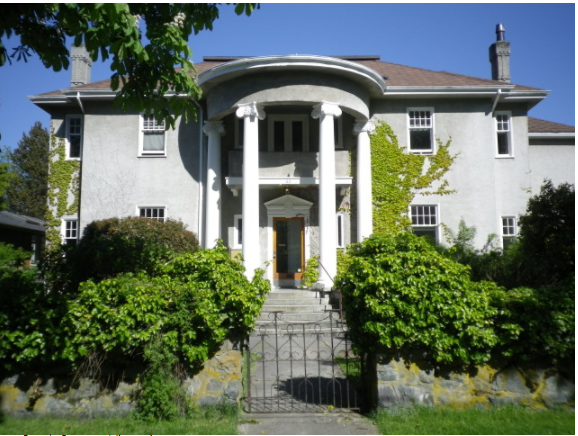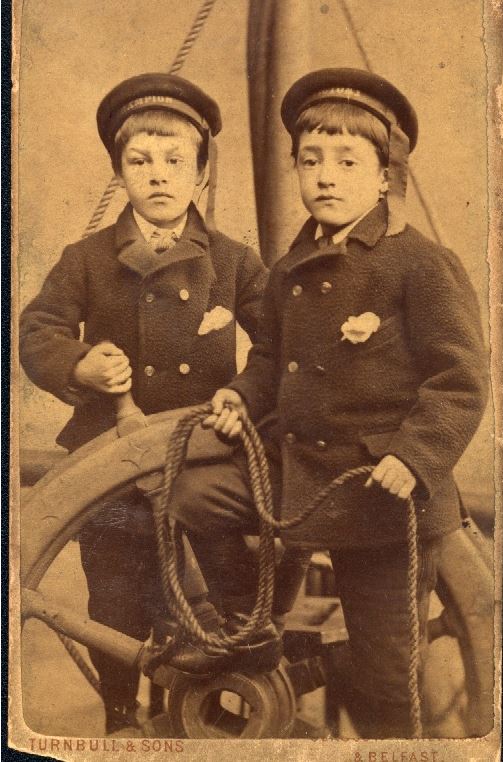
This story appears in Vancouver Exposed: Searching for the city’s hidden history
I wrote about the Garden family a couple of weeks back. William and Mary Garden arrived in Vancouver in 1889, opened up the Garden and Sons Wholesale Tea and Coffee on East Hastings, and lived for a time at a house at Thurlow and Alberni. William died suddenly in 1897, and it appears that the “Sons” had other ideas, because the business disappeared from the directories the following year.
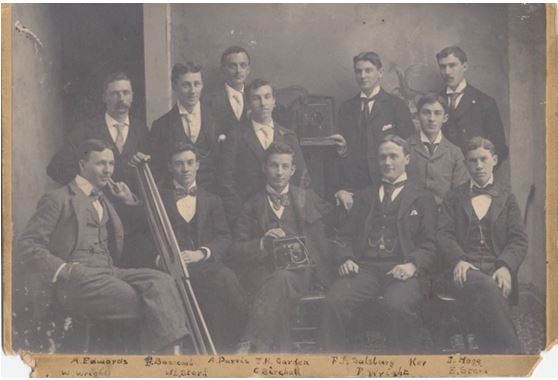
John (known as Jack) became a lumber broker and he was also an avid photographer. And that was lucky for us, because he shot some of these wonderful photos of early Vancouver. When he wasn’t taking photos, he was likely hanging out at the rowing club—this ca.1910 photo of the rowing club was one of his photos.
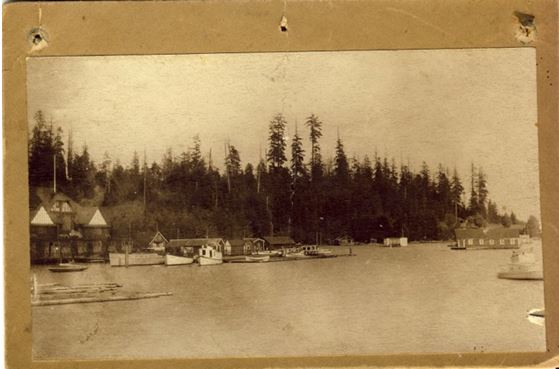
It was also Jack who took this photograph of his parents on what looks like really large tricycles.

Jack’s younger brother William was a musician who worked at the Bay as his day job. In the 1920s William played piano in the house band at Lester Court at 1022 Davie Street. Thomas Hooper designed the building in 1911 for the Lester Dance Academy.

Hooper was a highly regarded architect, and his buildings included Hycroft in Shaughnessy, the Winch building, and at least one brothel. The building has gone through a number of transformations over the years, but mostly stayed in the entertainment business. During the ‘40s it was the Embassy Ballroom, in the ‘60s it was Dante’s Inferno, later it hosted psychedelic bands as Retinal Circus, and since 1982 it’s been a gay joint called Celebrities.
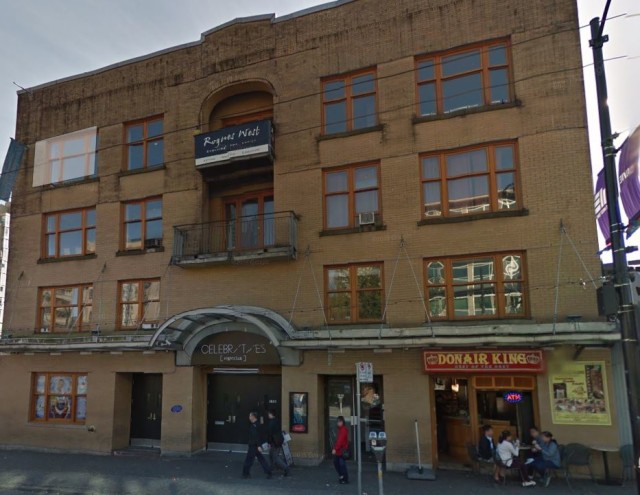
William married Harriet and they raised three kids at a house on Quebec and 30th. One of the sons John (Jack) worked for Ideal Ironworks. He married the boss’s daughter Rose Smith (who also happens to be Anders Falk’s grandma). Another interesting connection to Vancouver’s history is that Rose’s brother Douglas Smith engineered the “gravity driven falling ball drive” on the Gastown Steam Clock—his name is on the plaque.
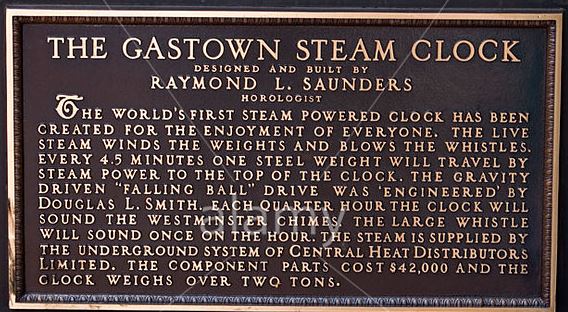
I’d like to thank Catherine Falks for naming her son Anders and not William or John/Jack.
© All rights reserved. Unless otherwise indicated, all blog content copyright Eve Lazarus.


